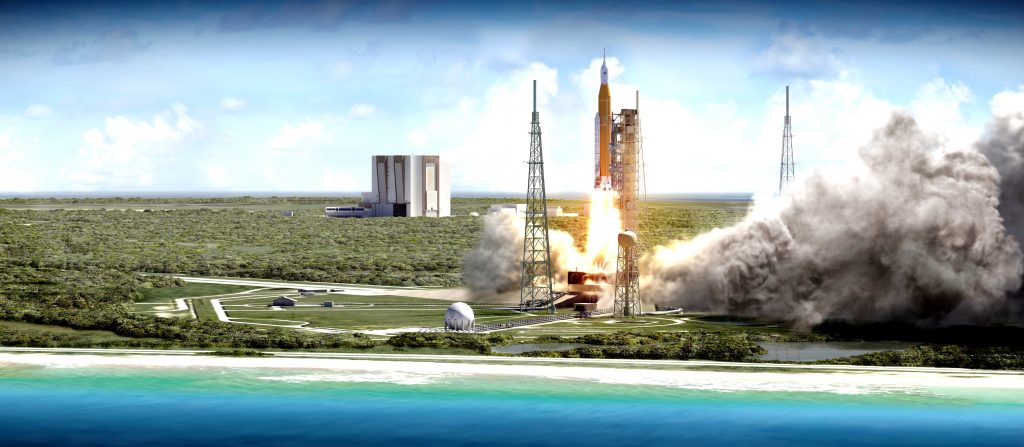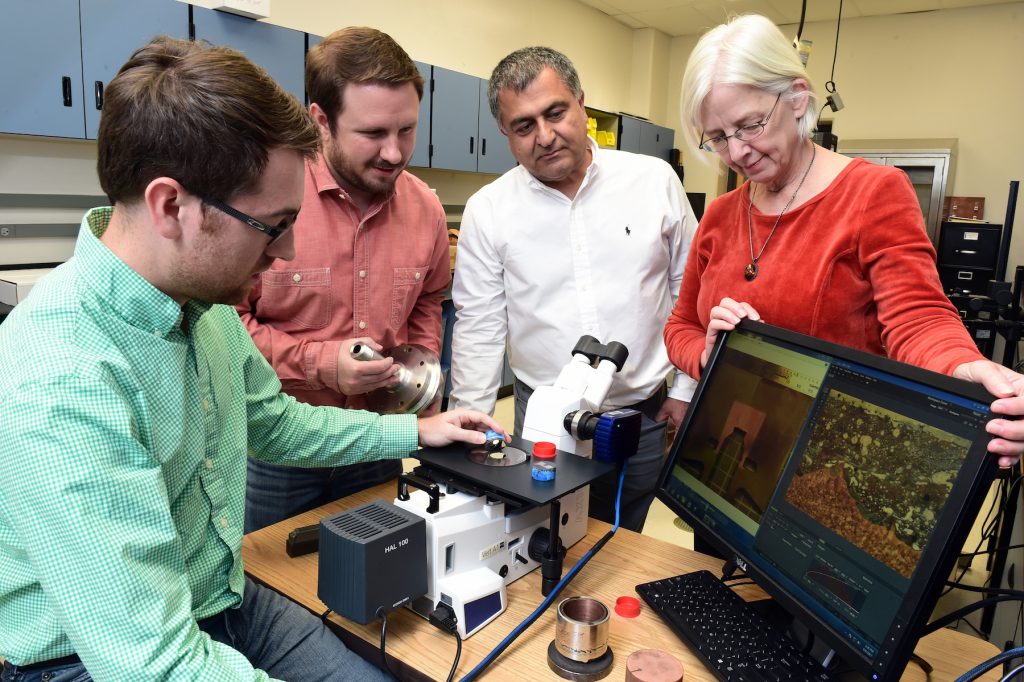Toward the development of its next generation space exploration vehicles, NASA has significantly ramped up efforts to incorporate 3D printing in component design.
In July, the administration’s engineers performed 30 firing tests of a bi-metallic 3D printed rocket igniter at the Marshall Space Flight Center in Huntsville, Alabama. After analysis at the University of Alabama, researchers found that the two alloys, based in copper and Inconel, fused to form a strong bond.
The demonstration has provided NASA with a promising alternative to conventional manufacturing methods, key to the momentum of its future space craft.

Bi-metallic and hybrid machined
The igniter, a part used to initiate the start sequence of a rocket engine, was hybrid machined on a metal 3D printing/CNC milling system from DMG MORI. Combing the two metals within the build chamber of a 3D printer did however pose a significant challenge to the team, as it required the management of different properties and melting points unique to copper and Inconel. Preston Jones, head of the Engineering Directorate at Marshall Space Flight Center, commented “It is a technological achievement to 3D print and test rocket components made with two different alloys.”
Given adequate development, Jones adds that, “This process could reduce future rocket engine costs by up to a third and manufacturing time by 50 percent.”
A super strong bond
Just 10 inches tall and 7 inches wide, the prototype igniter was tested in low-pressure hot-fire conditions. Afterwards, University of Alabama researchers cut the part in half to study the internal properties of the metal under the microscope. As hoped, the alloys inter-diffused, creating a strong bond comparable to the other igniters of its kind.

Majid Babai, advanced manufacturing chief and lead for the project in Marshall’s Materials and Processes Laboratory, explained, “By diffusing the two materials together through this process, a bond is generated internally with the two materials and any hard transition is eliminated that could cause the component to crack under the enormous forces and temperature gradient of space travel.”
Conventionally, the part would have been produced through the brazing technique which melts a metal filler into an host joint.
Babai adds, “Eliminating the brazing process and having bi-metallic parts built in a single machine not only decreases cost and manufacturing time, but it also decreases risk by increasing reliability.”

The future of aerospace
The test is a promising development for future rocket components. Steve Wofford, manager of NASA’s forthcoming Space Launch System (SLS) liquid engines office comments, “We’re encouraged about what this new advanced manufacturing technology could do for the Space Launch System program in the future. In next generation rocket engines, we aspire to create larger, more complex flight components through 3D printing techniques.”
California’s Aerojet Rocketdyne has also been working with NASA on its fully 3D printed engine and the ArianeGroup, a consortium of rocket builders owned by Airbus and Safran, is also using 3D printing in parts for its Prometheus liquid oxygen (LOx)-methane engine.
For more 3D printing aerospace news, sign up to our free newsletter and find us on Facebook/Twitter.
Register for 3D printing jobs.
Featured image: A 3D printed rocket part in a hot-fire test at NASA’s Marshall Space Flight Center August 2017. NASA/MSFC hoto by David Olive


